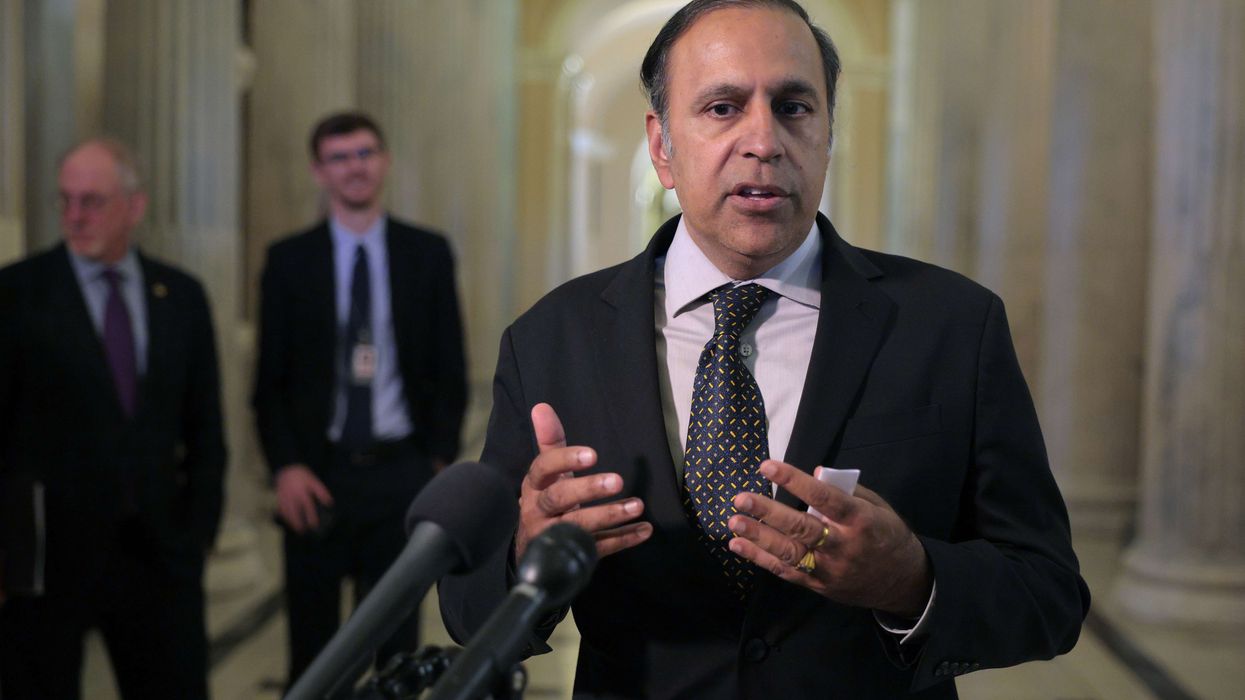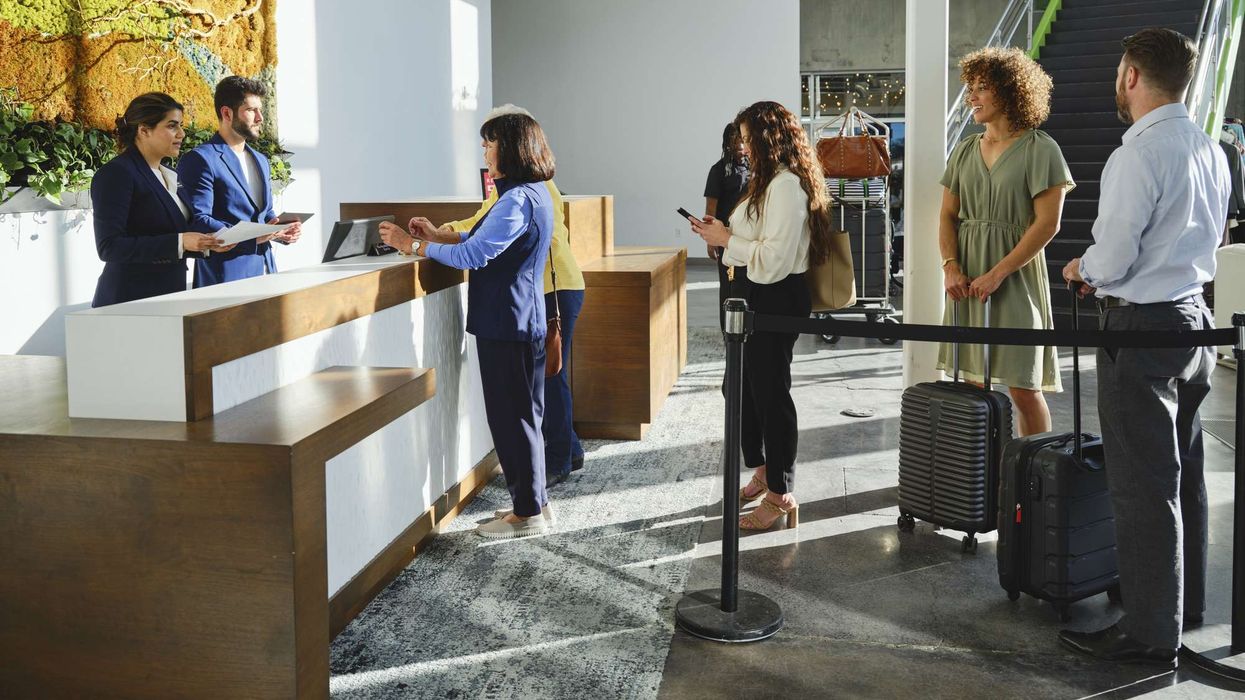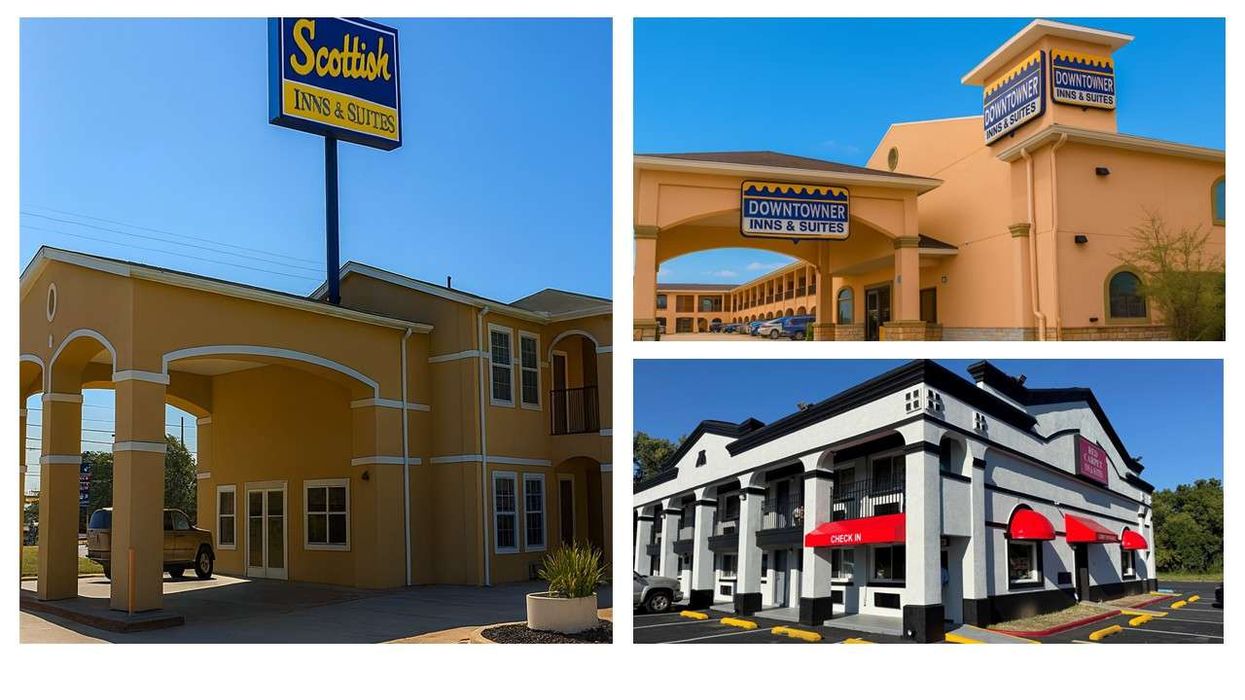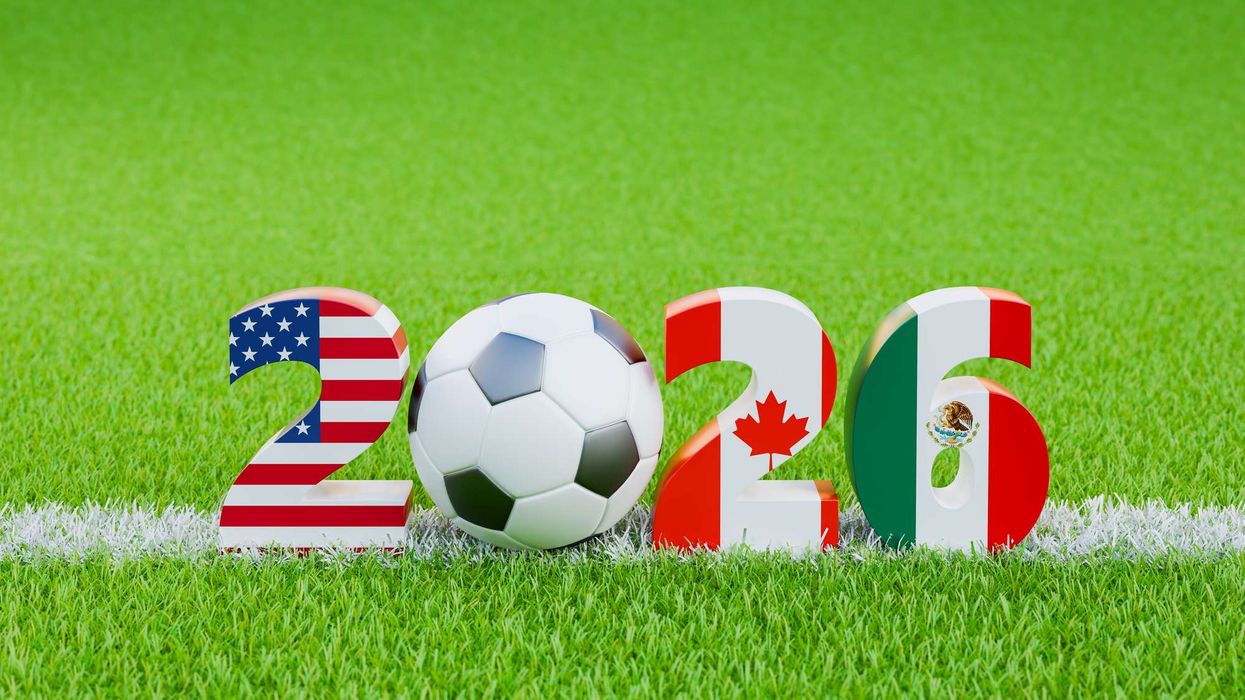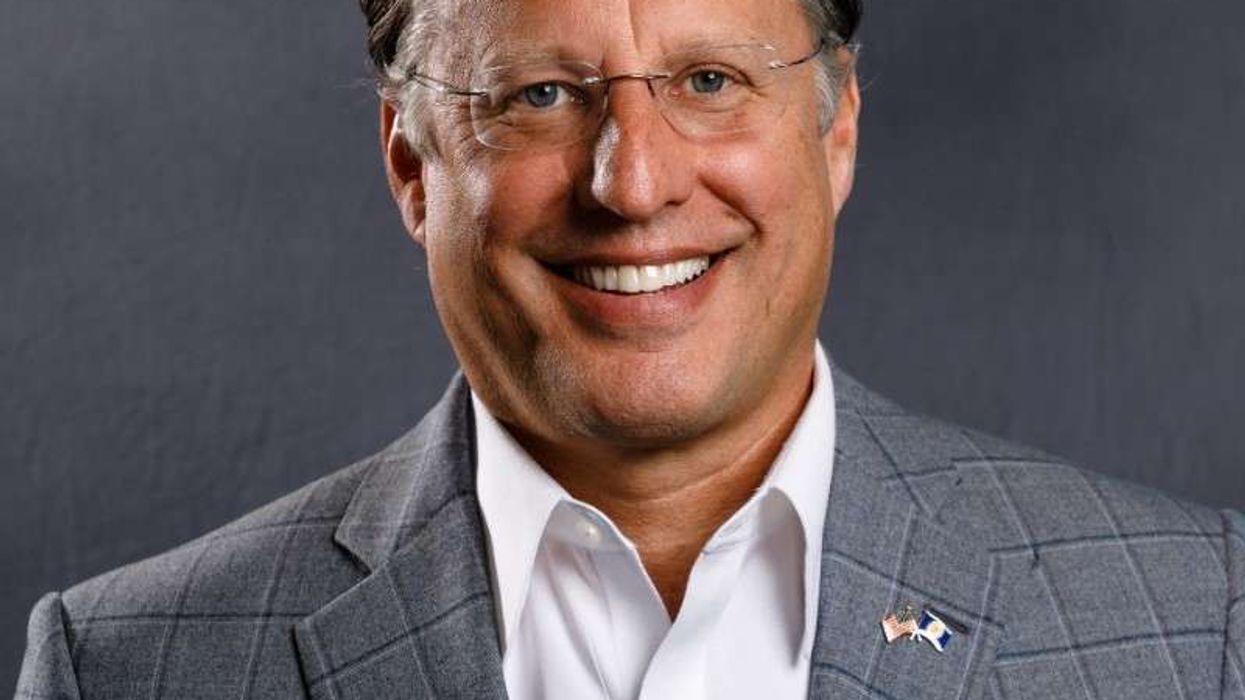ANOTHER MEASURE HAS found that U.S. hotels made a profit in October, this one by STR. The travel research firm, like other agencies, made it clear the improvement is tenuous while performance results for the last week of November underscored that concern.
GOPPAR for the month was $12.69, a positive number but still is 88.3 percent less than the same time last year, according to STR. TRevPAR was $70.96, a 72.2 percent decline from last year, and EBITDA PAR was negative $3.24, down 103.8 percent year over year. Labor costs also were down 61.1 percent to $31.28.
“There were positives in the profitability data even as occupancy flattened and the extension of the summer leisure lift came to an end,” said Audrey Kallman, operations analyst at STR. “GOP margin increased six percentage points from September, and certain location types reported encouraging data—GOPPAR for airport hotels was nearly three times higher than the previous month, and interstate properties drew close to pre-pandemic levels.
“On the negative side, a lack of group business continued to stand out with Upper Upscale hotels showing the lowest GOPPAR among the classes. October is usually a strong month for conferences and events, but without those significant demand generators, GOPPAR for Upper Upscale properties came in more than $100 lower than this time last year.”
HotStats also issued a P&L report for October showing the U.S. turning a positive profit for October. That travel research firm also cautioned that the trend could be reversed by further restrictions resulting from the COVID-19 surge.
“As local measures to curb the spread begin to be reimplemented, it could have a negative impact on F&B by reducing the number of covers a restaurant is allowed due to physical distancing rules,” HotStat said. “Up until now, many restaurants were able to endure by offering al fresco dining, but as the warmer weather in the country gives way to colder temperatures, it could blunt the success of that.”
Hotel performance did continue to slide as November finished, with occupancy falling to 36.2 percent, its lowest level since late May during the week ending Nov. 28. That is down from 41.2 percent the week before and a 28.5 percent decline from the same time period last year. ADR was $92.49 compared to $88.54 the previous week and down 17.8 percent year over year. RevPAR came in at $33.49, down from $36.45 weekly and a 41.2 percent decline from the previous year.
“TSA checkpoint counts increased sharply with more than 6 million passengers during both the week before and of Thanksgiving,” STR said. “However, that increased air travel volume did not translate to more hotel rooms sold as weekly demand (13.2 million) and occupancy fell to their lowest levels since late May. This would indicate that a bulk of travelers opted to stay with family during the holiday.”
The Florida Keys recorded the week’s highest occupancy level at 77.8 percent, followed by Knoxville, Tennessee, at 61.8 percent; McAllen/Brownsville, Texas, at 54.5 percent; and Daytona Beach, Florida, at 53.2 percent.
Tampa/St. Petersburg, Florida, had the highest occupancy of the top 25 markets with 49.7 percent. The top markets with the lowest occupancy were Minneapolis/St. Paul, Minnesota-Wisconsin, with 22 percent and Oahu Island, Hawaii, at 22.7 percent. Together the top 25 had lower occupancy, 34.9 percent, but higher ADR, $95.69, than all other markets.

